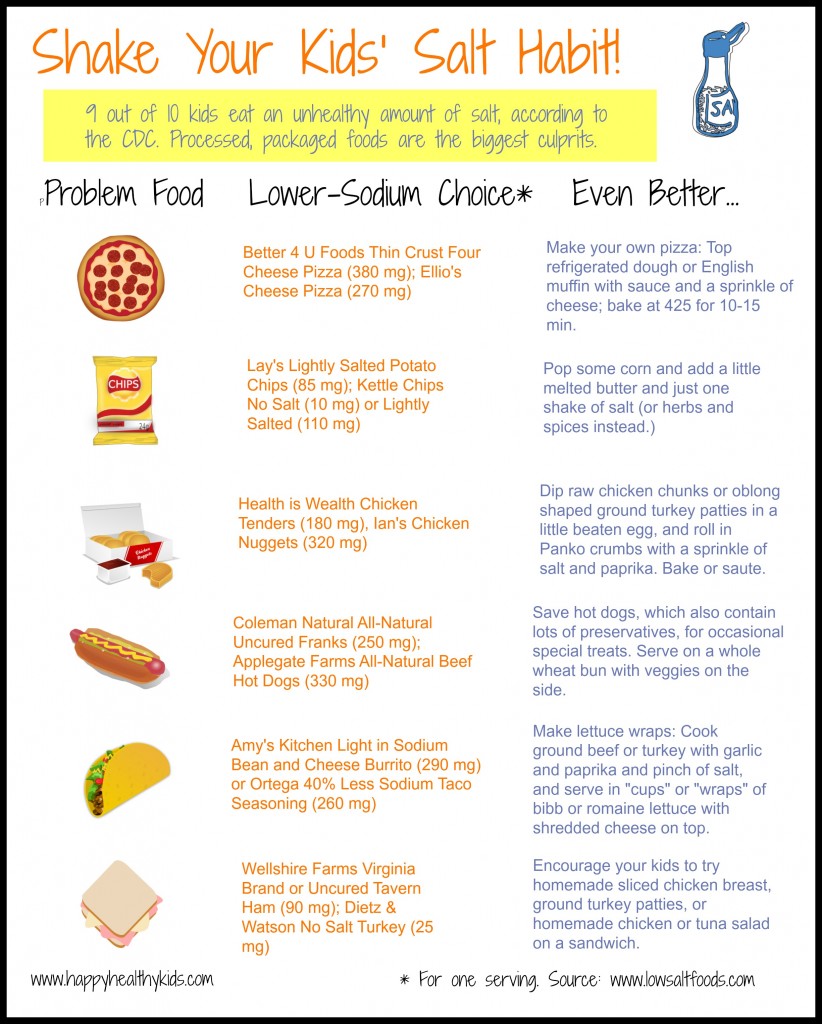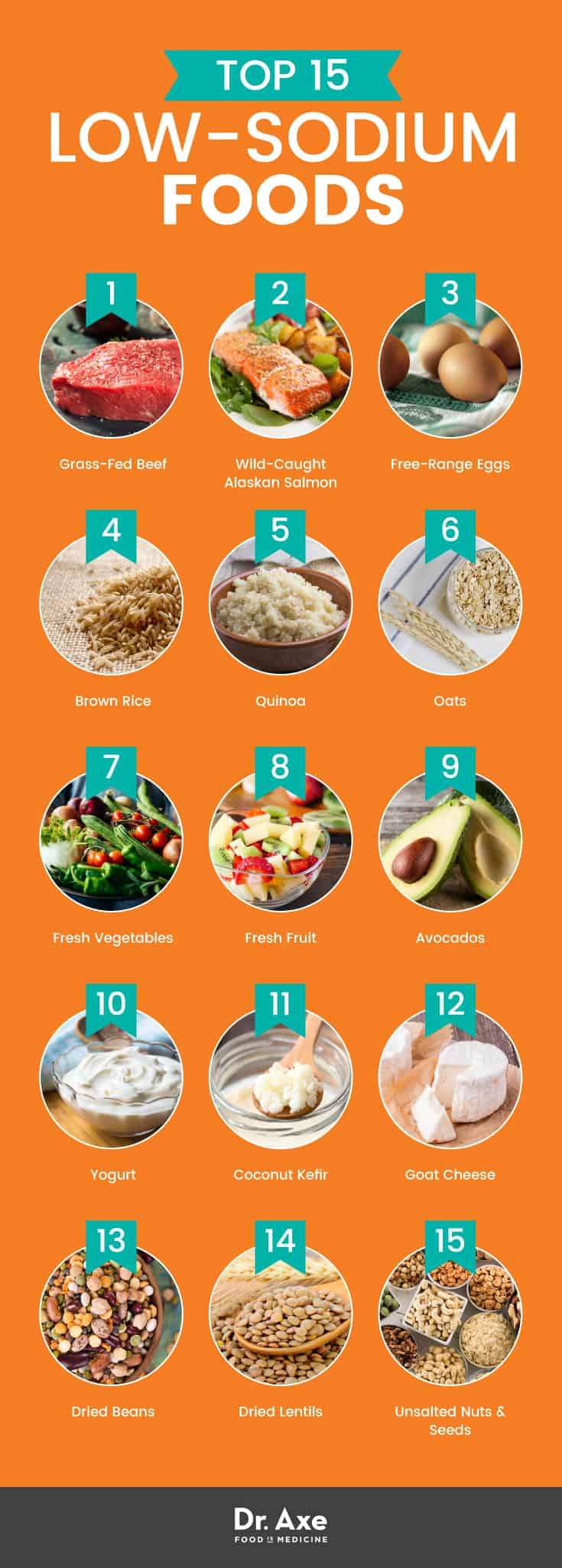what foods to avoid on a low salt diet Pin on low fat low salt diet plan
Salt has long been a staple in our diets, enhancing the flavor of our meals and adding a touch of zest to our taste buds. However, despite its popularity, salt can pose significant risks to our health, especially when consumed in excess. It’s time to take a closer look at the problem with salt and explore ways to limit our sodium intake for the sake of our heart health.
The Problem with Salt
 Sodium, the main component of salt, is an essential mineral required for our bodies to function properly. It helps maintain fluid balance, assists with muscle contraction and nerve signaling, and plays a vital role in our overall health. However, consuming too much sodium can lead to a range of health issues, including high blood pressure, heart disease, stroke, and kidney problems.
Sodium, the main component of salt, is an essential mineral required for our bodies to function properly. It helps maintain fluid balance, assists with muscle contraction and nerve signaling, and plays a vital role in our overall health. However, consuming too much sodium can lead to a range of health issues, including high blood pressure, heart disease, stroke, and kidney problems.
According to the American Heart Association, the average American consumes more than 3,400 milligrams of sodium per day, which is well above the recommended daily limit of 2,300 milligrams for most adults. This excessive intake is largely due to the prevalence of processed foods in our diets, as they often contain high amounts of hidden sodium.
Ways to Limit Sodium and Improve Heart Health
 1. Read Food Labels: Take the time to carefully read food labels before making a purchase. Look for products that are low in sodium or labeled as “no added salt.” Opt for fresh, whole foods whenever possible and limit your intake of processed and pre-packaged foods.
1. Read Food Labels: Take the time to carefully read food labels before making a purchase. Look for products that are low in sodium or labeled as “no added salt.” Opt for fresh, whole foods whenever possible and limit your intake of processed and pre-packaged foods.
2. Cook at Home: By preparing meals at home, you have full control over the ingredients you use and the amount of salt added to your dishes. Experiment with herbs, spices, and other flavor-enhancing ingredients to add taste without relying solely on salt.
3. Gradually Reduce Intake: If you’re used to a high-sodium diet, it’s important to gradually reduce your intake to allow your taste buds to adjust. Start by reducing salt in small increments and experiment with alternative seasonings to enhance the flavor of your meals.
4. Choose Low-Sodium Alternatives: Opt for low-sodium or sodium-free versions of condiments such as soy sauce, ketchup, and salad dressings. These alternatives can significantly reduce your sodium intake without compromising flavor.
5. Rinse Canned Foods: If you regularly consume canned foods, rinsing them under cold water before consuming can help reduce their sodium content. This simple step can make a significant difference in your overall sodium intake.
6. Seek Support: Surround yourself with a supportive network of friends, family, or even online communities who are also striving to reduce their sodium intake. Sharing experiences, tips, and recipes can make your journey towards a lower-sodium lifestyle more enjoyable and sustainable.
7. Keep Track: Consider keeping a food diary to track your sodium intake. This can help you identify potential sources of hidden sodium in your diet and make informed decisions about what changes to make.
By implementing these strategies into your daily routine, you can take control of your sodium intake and improve your heart health. Remember, small changes can have a big impact, and your heart will thank you for taking the initiative to reduce your salt consumption.
If you are searching about Pin on Low Salt And Low Fat Diet you’ve visit to the right place. We have 5 Pics about Pin on Low Salt And Low Fat Diet like The Problem with Salt, Ways to Limit Sodium and Improve Heart Health – WakeMed Voices Blog and also The Problem with Salt. Here it is:
Pin On Low Salt And Low Fat Diet
 www.pinterest.comTop 15 Low Sodium Foods + How To Add Them Into Your Diet - Dr. Axe
www.pinterest.comTop 15 Low Sodium Foods + How To Add Them Into Your Diet - Dr. Axe
 draxe.comsodium salt cholesterol diabetics incorporate draxe
draxe.comsodium salt cholesterol diabetics incorporate draxe
Ways To Limit Sodium And Improve Heart Health – WakeMed Voices Blog
 wakemedvoices.comsodium
wakemedvoices.comsodium
Pin On Low Fat Low Salt Diet Plan
 www.pinterest.comketo ketosis stay kick paleohacks
www.pinterest.comketo ketosis stay kick paleohacks
The Problem With Salt
 www.happyhealthykids.comsalt low food chart foods kids problem cheat
www.happyhealthykids.comsalt low food chart foods kids problem cheat
Pin on low fat low salt diet plan. Keto ketosis stay kick paleohacks. The problem with salt